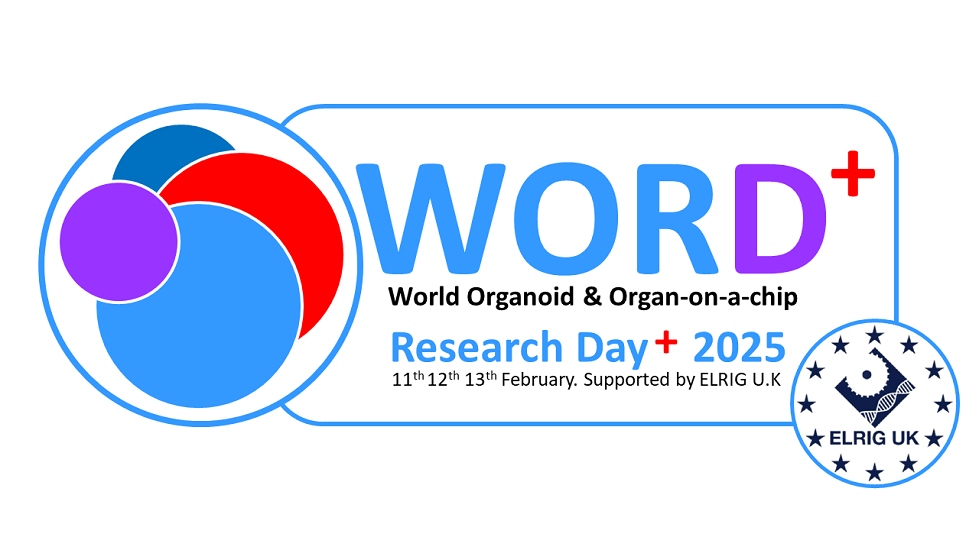Authors
DB Belharazem1; KW Wolf1; HB Besir1; OB Bosnjak1;
1 BIOMEX GmbH, Germany
Overview
This research aims to develop a novel natural human tissue-derived ECM (HomoGel) and characterize its biological features and use in pre-clinical research models . Our HomoGel will offer a more physiologically relevant microenvironment for studying various cellular processes such as tumor progression, metastasis, stem cells differentiation and tissue repair processes. Our HomoGel ECM is comparable in performance to commercially available and well-established non-human derived ECM.
Introduction
The extracellular matrix (ECM) is a complex network of proteins and polysaccharides crucial for tissue structure and function. Recent advancements have enabled the development of human tissue-derived ECMs, which mimic the natural environment of cells more closely than ever before. Such ECMs hold tremendous promise for enhancing pre-clinical research in oncology and regenerative medicine, providing more accurate models for disease study and tissue engineering.
Methods
BIOMEX develops 3 different-matrices from three different human tissues, donated following ethical guidelines. Decellularization processes were optimized to retain the biochemical and structural properties of the native ECM. The resultant HomoGel ECM was characterized using histological and biochemical assays. Its application was tested in 2D and 3D cell culture models of tumor cells and in and coating cell culture plates.
Results
Our BIOMEX human tissue-derived HomoGel demonstrated a preserved composition and architecture, closely resembling that of the natural ECM in different tissues. In oncology models, it supported the growth of cancer cells, maintaining their phenotypic characteristics and enabling the study of tumor invasion in a more in vivo-like context. In regenerative medicine applications, the ECM promoted cell attachment and proliferation.
Conclusion
The developed HomoGel represents a significant advancement for pre-clinical research in oncology and regenerative medicine. It will provide a more relevant biological scaffold for studying disease mechanisms, testing therapeutics, and developing tissue-engineered constructs. Future studies will focus on customizing the ECM to mimic specific tissue environments and on scaling up production for wider application in biomedical research.

